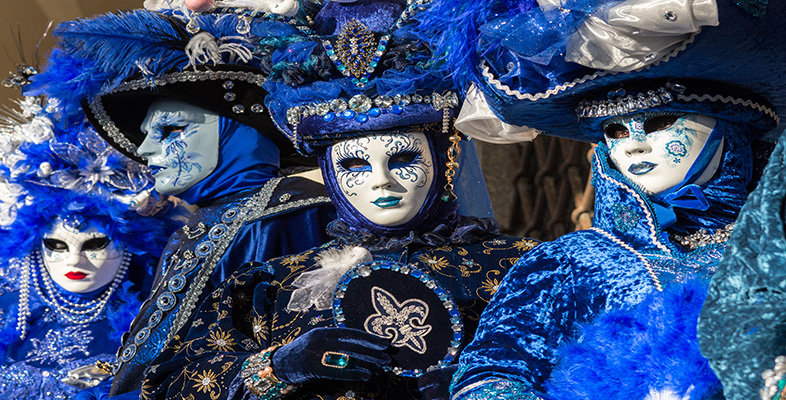5 Post-Reading Activity
Now that you’ve had an introduction to the art and culture of fifteenth-century Venice, please try the following activity to see what you’ve learned.
Discussion
In reading the course, you will have come across a number of visual influences and ideas which came to bear upon Venetian art. In order to review these, please try to list them, and their point of contact with Venice, to give yourself a more consolidated idea of the make-up of the Venetian ‘palimpsest’ of styles and influences.
Answer
My list looks like this:
- Byzantine art, through Venetian conquests and, especially after the fall of Constantinople in 1453, the flight of Greek scholars and artists to Venice and elsewhere in Italy.
- Gothic art, especially the so-called International Gothic style imported along with the church-building of the mendicant orders.
- Netherlandish art, especially the use of oil paint.
- Selective views of the Ottoman Empire, through artists such as Gentile Bellini and Costanzo da Ferrara.
In Section 1 of the course, Wood cites Deborah Howard’s assertion that the adoption of the ogee arch in Venetian architecture was intended as a sort of trademark, which visibly identified Venice with its unique trading relations in the Orient. The ogee arch is used in the Ca’ d’Oro, begun in 1421 (Figure 2), as well as in other notable buildings such as the Palazzo Ducale; the distinctive roof cresting also alludes to Islamic architecture. By the time the Ca’ Dario (Figure 3) was built in the 1480s, the influence of the Florentine ‘Renaissance’ palazzo, with its classical forms and design, was being felt, but the building continues to display its ‘orientalising’ identity in the imported inset marbles, which allude to those seen during the diplomat’s visits to Cairo.
Gentile Bellini’s Saint Mark Preaching in Alexandria (Figure 27) is cited as the ‘culmination of the orientalist mode in Venetian painting’. Bellini has drawn on other paintings set in the East, such as the anonymous The Reception of an Ambassador in Damascus (Figure 30) and Erhard Reuwich’s Saracens (Figure 29), which provide eye-witness accounts of ‘Eastern’ architecture, costume and other local details. However, Bellini has projected these back on to the compositional framework of his earlier painting Procession in the Piazza San Marco (Figure 23). As noted in the course, this painting crystallises a good deal of the ‘Myth of Venice’ in its representation of the distinctive blend of styles in the architecture of the city’s main buildings. In particular, the temple building in Saint Mark Preaching in Alexandria is set up as a visual analogy to San Marco in the earlier painting. Its overall mass and forms alludes to those of the Venetian basilica, as does its place in the composition. Although Bellini probably based it on memories of Hagia Sophia, from his earlier visit to Constantinople, the building is quite fantastic in its construction and ornament. It is thus a sort of projection of the fantasy of the Orient into the familiar. By this means, Bellini is able to assert the dominance of Venice over ‘the East’ by visual means, despite its current military and cultural threat to the Republic.
